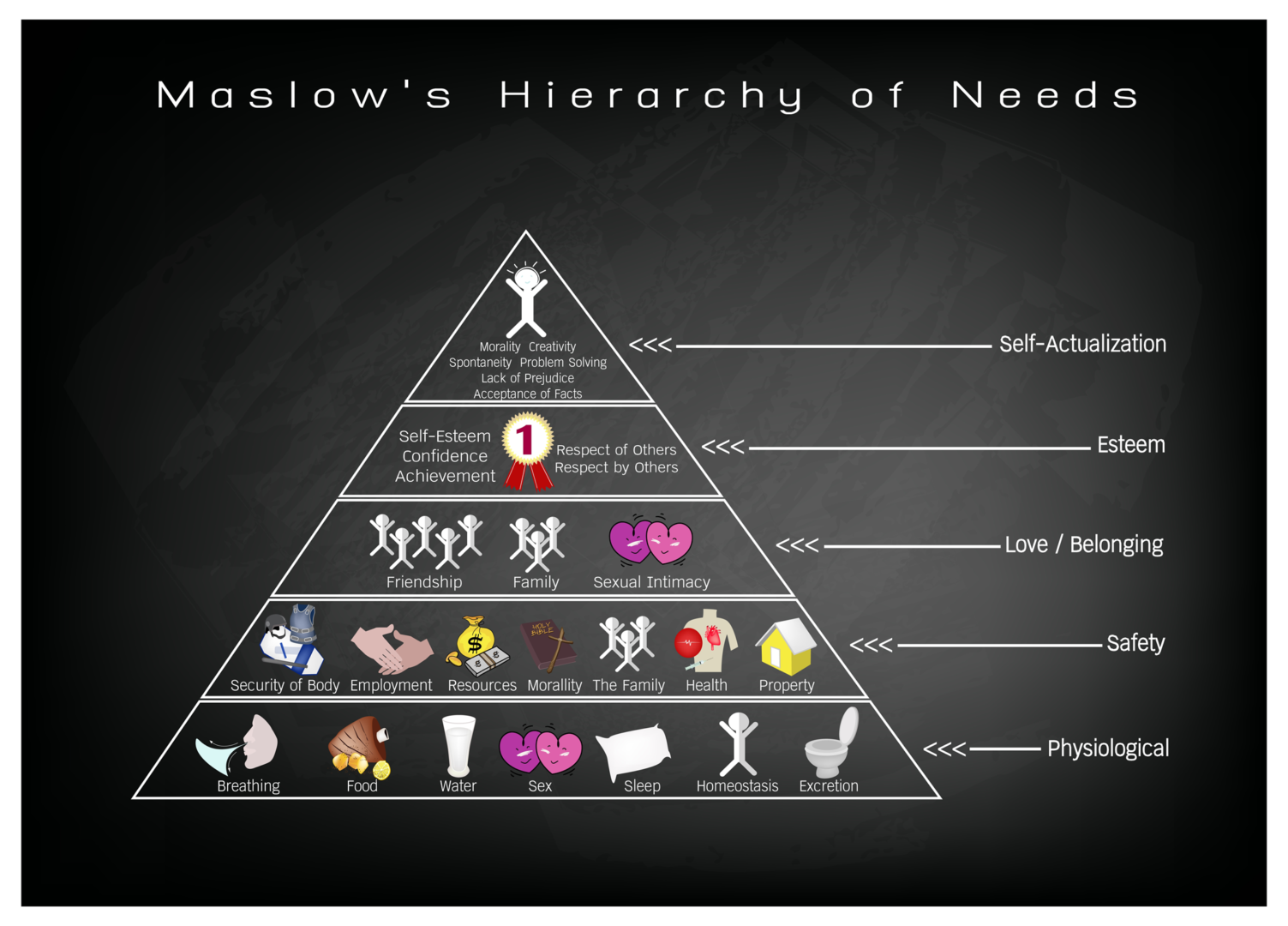PCG – Presenting at both the Midwest Convention
Talent Management in Today’s Economy
Talent Management in Today’s economy as provided for by Pawnshop Consulting Group along with our affiliate “PawnTrain”.
In times of recent we have been allocating a lot of our resources towards the acquisition of talent for many of our clients here in the United States and in some other countries.
Employee Priorities Have Shifted in the Last Several Decades
Sadly, the work forces today and their priorities have changed dramatically in times of recent, and certainly over the course of the last few decades. Yes, Priorities DO change!
Talent Management in today’s Economy is unlike any other time in history that I can recall, and I have been actively hiring and placing people in my various roles and my own companies for more than 40 years.
The world is a much different place today than it was just 3 years ago, much less 30 years ago.
Through my own involvement in family businesses, building other larger operating companies for others, owning my own stores, and being a global consultant, I for one KNOW building Talent Management in today’s Economy with more than a thousand hires in my rear view mirror in the last 40++ years of my working career are more challenging than ever.
Evolvement of Human Beings
Human Beings are evolving fast and so is their sense of self. We can attribute much of this acceleration to the pandemic or plandemic as some see it today and yes, the priorities have changed dramatically.
Talent Management in today’s Economy and the following are excerpts taken from A. H. Maslow, a well known Psychologist from yesteryear who provided a wide-range of studies on the subject matter of human needs, and requirements as time evolved during the decades that he studied them, especially in the work force.
Maslow’s Hierarchy of Needs
Maslow’s Hierarchy of needs is a motivational theory in psychology comprising a five-tier mode of human needs, often depicted as hierarchical levels within a pyramid.
Talent Management in today’s Economy is depicted in the Maslow’s pyramid from the bottom of the hierarchy upwards, the needs are : physiological (food and clothing), safety (job security), love and belonging needs (friendship), esteem, and self-actualization.
Needs lower down in the hierarchy must be satisfied before individuals can attend to needs higher up.

Example:
Deficiency needs vs. growth needs
Talent Management in today’s Economy can be looked at in this five-stage model and can be divided into deficiency needs and growth needs. The first four levels are often referred to as deficiency needs (D-needs), and the top level is known as growth or being needs (B-needs).
Deficiency needs arise due to deprivation and are said to motivate people when they are unmet. Also, the motivation to fulfill such needs will become stronger the longer the duration they are denied. For example, the longer a person goes without food, the more hungry they will become.
Maslow (1943) initially stated that individuals must satisfy lower level deficit needs before progressing on to meet higher level growth needs. However, he later clarified that satisfaction of a needs is not an “all-or-none” phenomenon, admitting that his earlier statements may have given “the false impression that a need must be satisfied 100 percent before the next need emerges”.
When a deficit need has been ‘more or less’ satisfied it will go away, and our activities become habitually directed towards meeting the next set of needs that we have yet to satisfy. These then become our salient needs. However, growth needs continue to be felt and may even become stronger once they have been engaged.
Growth needs do not stem from a lack of something, but rather from a desire to grow as a person. Once these growth needs have been reasonably satisfied, one may be able to reach the highest level called self-actualization.
Every person is capable and has the desire to move up the hierarchy toward a level of self-actualization. Unfortunately, progress is often disrupted by a failure to meet lower-level needs. Life experiences, including divorce and loss of a job, may cause an individual to fluctuate between levels of the hierarchy.
Therefore, not everyone will move through the hierarchy in a uni-directional manner but may move back and forth between the different types of needs.
The original hierarchy of needs five-stage model includes:
Maslow (1943, 1954) stated that people are motivated to achieve certain needs and that some needs take precedence over others.
Our most basic need is for physical survival, and this will be the first thing that motivates our behavior. Once that level is fulfilled the next level up is what motivates us, and so on.
- Physiological needs– these are biological requirements for human survival, e.g. air, food, drink, shelter, clothing, warmth, sex, sleep.
If these needs are not satisfied the human body cannot function optimally. Maslow considered physiological needs the most important as all the other needs become secondary until these needs are met.
- Safety needs– once an individual’s physiological needs are satisfied, the needs for security and safety become salient. People want to experience order, predictability and control in their lives. These needs can be fulfilled by the family and society (e.g. police, schools, business and medical care).
For example, emotional security, financial security (e.g. employment, social welfare), law and order, freedom from fear, social stability, property, health and wellbeing (e.g. safety against accidents and injury).
- Love and belongingness needs– after physiological and safety needs have been fulfilled, the third level of human needs is social and involves feelings of belongingness. Belongingness, refers to a human emotional need for interpersonal relationships, affiliating, connectedness, and being part of a group.
Examples of belongingness needs include friendship, intimacy, trust, and acceptance, receiving and giving affection, and love.
- Esteem needs are the fourth level in Maslow’s hierarchy and include self-worth, accomplishment and respect. Maslow classified esteem needs into two categories: (i) esteem for oneself (dignity, achievement, mastery, independence) and (ii) the desire for reputation or respect from others (e.g., status, prestige).
Maslow indicated that the need for respect or reputation is most important for children and adolescents and precedes real self-esteem or dignity.
- Self-actualization needs are the highest level in Maslow’s hierarchy, and refer to the realization of a person’s potential, self-fulfillment, seeking personal growth and peak experiences. Maslow (1943) describes this level as the desire to accomplish everything that one can, to become the most that one can be.
Individuals may perceive or focus on this need very specifically. For example, one individual may have a strong desire to become an ideal parent. In another, the desire may be expressed economically, academically or athletically. For others, it may be expressed creatively, in paintings, pictures, or inventions.
Maslow posited that human needs are arranged in a hierarchy:
“It is quite true that man lives by bread alone — when there is no bread. But what happens to man’s desires when there is plenty of bread and when his belly is chronically filled?
At once other (and “higher”) needs emerge and these, rather than physiological hungers, dominate the organism. And when these in turn are satisfied, again new (and still “higher”) needs emerge and so on. This is what we mean by saying that the basic human needs are organized into a hierarchy of relative prepotency.
Hierarchy of needs summary
(a) human beings are motivated by a hierarchy of needs.
(b) needs are organized in a hierarchy of prepotency in which more basic needs must be more or less met (rather than all or none) prior to higher needs.
(c) the order of needs is not rigid but instead may be flexible based on external circumstances or individual differences.
(d) most behavior is multi-motivated, that is, simultaneously determined by more than one basic need.
The expanded hierarchy of needs
- Biological and physiological needs– air, food, drink, shelter, warmth, sex, sleep, etc.
- Safety needs– protection from elements, security, order, law, stability, freedom from fear.
- Love and belongingness needs– friendship, intimacy, trust, and acceptance, receiving and giving affection and love. Affiliating, being part of a group (family, friends, work).
- Esteem needs– which Maslow classified into two categories: (i) esteem for oneself (dignity, achievement, mastery, independence) and (ii) the need to be accepted and valued by others (e.g., status, prestige).
- Cognitive needs– knowledge and understanding, curiosity, exploration, need for meaning and predictability.
- Aesthetic needs– appreciation and search for beauty, balance, form, etc.
- Self-actualization needs– realizing personal potential, self-fulfillment, seeking personal growth and peak experiences. A desire “to become everything one is capable of becoming”(Maslow, 1987, p. 64).
- Transcendence needs– A person is motivated by values which transcend beyond the personal self (e.g., mystical experiences and certain experiences with nature, aesthetic experiences, sexual experiences, service to others, the pursuit of science, religious faith, etc.).
Characteristics of self-actualized people
Talent Management in today’s Economy, although we are all, theoretically, capable of self-actualizing, most of us will not do so, or only to a limited degree. Maslow (1970) estimated that only two percent of people would reach the state of self-actualization.
He was especially interested in the characteristics of people whom he considered to have achieved their potential as individuals.
By studying 18 people he considered to be self-actualized (including Abraham Lincoln and Albert Einstein) Maslow (1970) identified 15 characteristics of a self-actualized person.
Characteristics of self-actualizers:
- They perceive reality efficiently and can tolerate uncertainty;
- Accept themselves and others for what they are;
- Spontaneous in thought and action;
- Problem-centered (not self-centered);
- Unusual sense of humor;
- Able to look at life objectively;
- Highly creative;
- Resistant to enculturation, but not purposely unconventional;
- Concerned for the welfare of humanity;
- Capable of deep appreciation of basic life-experience;
- Establish deep satisfying interpersonal relationships with a few people;
- Peak experiences;
- Need for privacy;
- Democratic attitudes;
- Strong moral/ethical standards.
Behavior leading to self-actualization:
(a) Experiencing life like a child, with full absorption and concentration;
(b) Trying new things instead of sticking to safe paths;
(c) Listening to your own feelings in evaluating experiences instead of the voice of tradition, authority or the majority;
(d) Avoiding pretense (‘game playing’) and being honest;
(e) Being prepared to be unpopular if your views do not coincide with those of the majority;
(f) Taking responsibility and working hard;
(g) Trying to identify your defenses and having the courage to give them up.
The characteristics of self-actualizers and the behaviors leading to self-actualization are shown in the list above. Although people achieve self-actualization in their own unique way, they tend to share certain characteristics. However, self-actualization is a matter of degree, ‘There are no perfect human beings’.
It is not necessary to display all 15 characteristics to become self-actualized, and not only self-actualized people will display them.
Maslow did not equate self-actualization with perfection. Self-actualization merely involves achieving one’s potential. Thus, someone can be silly, wasteful, vain and impolite, and still self-actualize. Less than two percent of the population achieve self-actualization.
Why is Maslow’s hierarchy of needs important?
Maslow‘s theory has given rise to a new way to look at people’s needs. For example Maslow’s hierarchy of needs is widely used in health and social work as a framework for assessing clients’ needs.
Problems or difficult circumstances at one point in a person’s life can cause them to fixate on a particular set of needs, and this can affect their future happiness.
For example, a person who lived through a period of extreme deprivation and lack of security in early childhood may fixate on physiological and safety needs. These remain salient even if they are satisfied.
So even if this person later has everything they need they may nonetheless obsess over money or keeping enough food in the fridge.
This, for Maslow, was the root cause of many ‘neurotic’ mental health problems, such as anxiety or depression.
What are some of the weaknesses of Maslow’s theory?
Maslow proposes a positive view of humans, however, it could be argued that this might not be very realistic when considering the everyday reality such as domestic violence and genocides.
Furthermore, the hierarchy ’s focus on meeting our needs and fulfilling our growth potential reflects an individualistic, self-obsessed outlook that is part of the problem faced by our society rather than a solution.
How many levels are there in Maslow’s pyramid of needs?
There are five levels in Maslow’s pyramid. From the bottom of the hierarchy upwards, the needs are: physiological (food and clothing), safety (job security), love and belonging needs (friendship), esteem, and self-actualization.
Maslow asserted that so long as basic needs necessary for survival were met (e.g., food, water, shelter), higher-level needs (e.g., social needs) would begin to motivate behavior.
What is at the top of Maslow’s hierarchy of needs?
According to Maslow, the highest-level needs relate to self-actualization, a process by which we achieve our full potential.
Self-actualising people have both a more efficient perception of reality and more comfortable relations with it. This includes the detection of what is phoney and/or dishonest and the accurate perception of what really exists – rather than a distortion of perception by one’s needs.
Self-actualisers accept themselves, others and nature. They are not ashamed or guilty about being human, with its shortcomings, imperfections, frailties, and weaknesses.
Nor are they critical of these aspects in other people. They respect and esteem themselves and others.
Citing this Article (APA Style)
McLeod, S. A. (2022, April 04). Maslow’s hierarchy of needs. Simply Psychology. www.simplypsychology.org/maslow.html
I sincerely hope that our fans out here enjoyed the read, and if your looking to learn more about managing talent, hiring talent, and recruiting talent, Pawnshop Consulting Group and PawnTrain are here to serve your needs. We offer any initial consulting FREE and are here to serve our beloved Pawn Industry.
Jerry Whitehead
Pawnshop Consulting Group, LLC.
954-540-3697
Alan Nelson
PawnTrain

